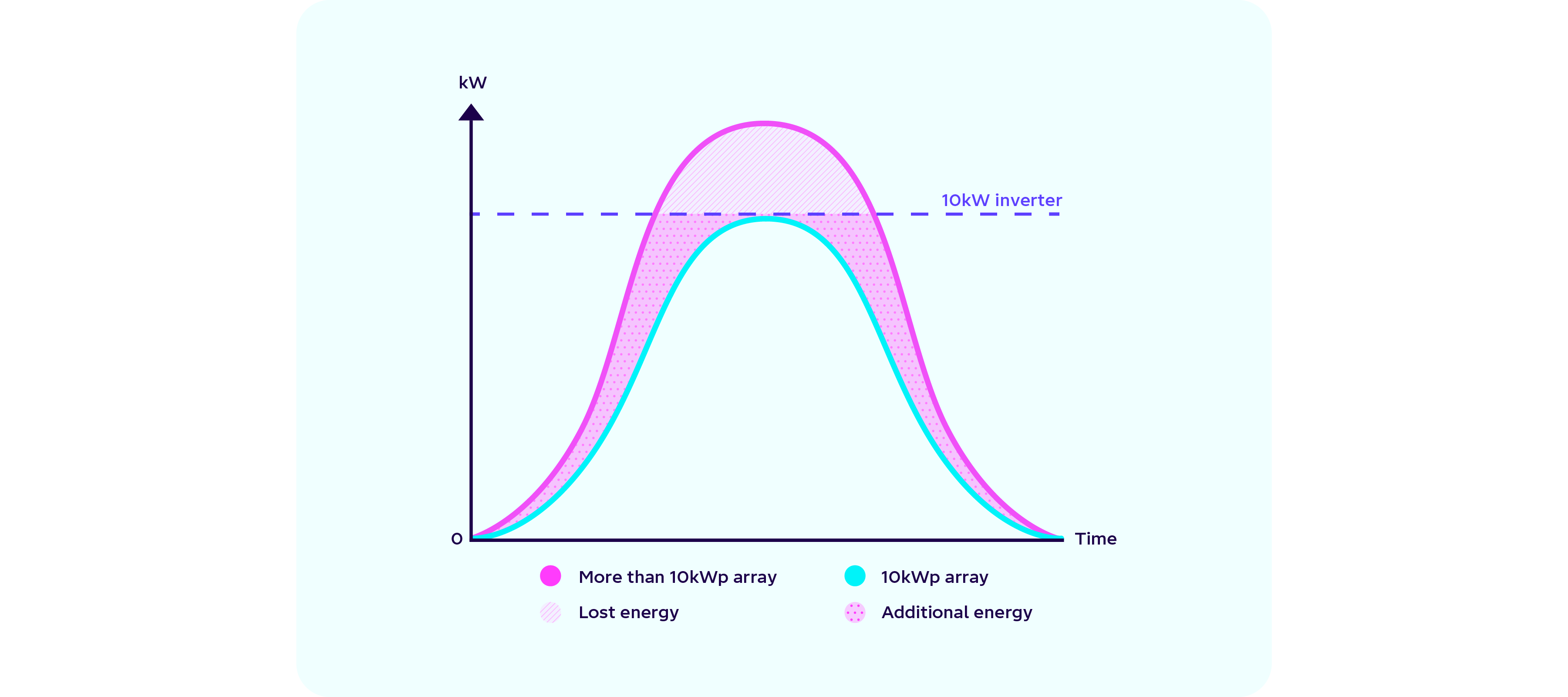Solar Math - maximising the payback on your investment
So, you’re thinking about installing solar or you’ve already taken the plunge, or maybe you’re looking to increase your system size - what’s going to give you the best bang for buck?
Too many people focus on the export buyback rate, but the reality is every kWh you self-consume can be worth double the export rate, sometimes more. This difference will likely become even greater over time.
Where are prices heading?
Various forecasts suggest solar export prices will drop while import prices will continue to rise. Why is this scenario likely?
All the solar across New Zealand starts generating at roughly the same time and peaks in the middle of the day when demand and spot prices are lower. As more solar is installed the supply during the day will further outstrip demand, so prices during these times will likely fall.
Outside of sunshine hours, spot prices are expected to get higher as more consumers electrify their homes and plug in EVs, using more electricity at breakfast and dinner times. Average wholesale electricity prices are expected to remain high out until 2028.
This means there’s no easing up on the drivers of the cost of the electricity we sell to you. We lock in the price of wholesale electricity ahead of time, a bit like fixing a home loan, and these hedge prices have remained stubbornly high. On top of that, network charges, which saw big increases in 2025, have additional increases planned over the next few years.
As networks continue to develop time of use pricing, we expect to see bigger differences between peak and off peak prices. Networks will also start paying extra for peak export - to reward consumers who can inject energy into the grid in times of highest demand. We’ll continue to do our best to reflect the market value of both export and import in our pricing.
While that sounds like bad news in general, there’s a glass half-full view for those with solar… if those predictions are accurate, the value of your self-consumed generation will continue to increase.
Why doesn’t Octopus offer flat rate solar buyback for systems over 10kW?
Energy exported to the grid is immediately sold at the spot market price. In the middle of summer when people are using less power and solar generation is highest, we can be receiving less than a cent per kWh. Historically, the price we get paid from the spot market averages out around 12-14c per kWh.
That’s why we only offer OctopusPeaker for larger systems. The Peaker plan’s peak and off peak export rates are more reflective of the value of this export. The flat export rate Flexi plans are intended for consumers who consume the majority of their generation and only export a small portion.
How do we calculate the 10kW generation capacity?
It’s simply the number of panels multiplied by the wattage of those panels. So a 20 panel array with 500W panels is 20 x 500 which equals 10,000W or 10kW. It’s this generation capacity we care about - not the limit of your inverter or any export limits imposed by the local lines company.
We base our criteria on the panel capacity because solar panels don’t work at 100% all the time. If we consider two sites, both with inverters limited to 10kW, one with 13kW of panels and the other with 10kW - the 13kW system will hit the 10kW inverter limit more frequently and will export more in total over the year.

What we recommend
Size your solar system to suit your own usage (if you’re planning to get an EV you should factor that in). If you want to go larger, install a battery alongside the additional panels to cover most, or all, of your peak usage.
If you want to over-size purely for the export returns, go into it with open eyes - knowing the returns won’t be as high as the market headlining buyback rates and they will likely reduce over time.